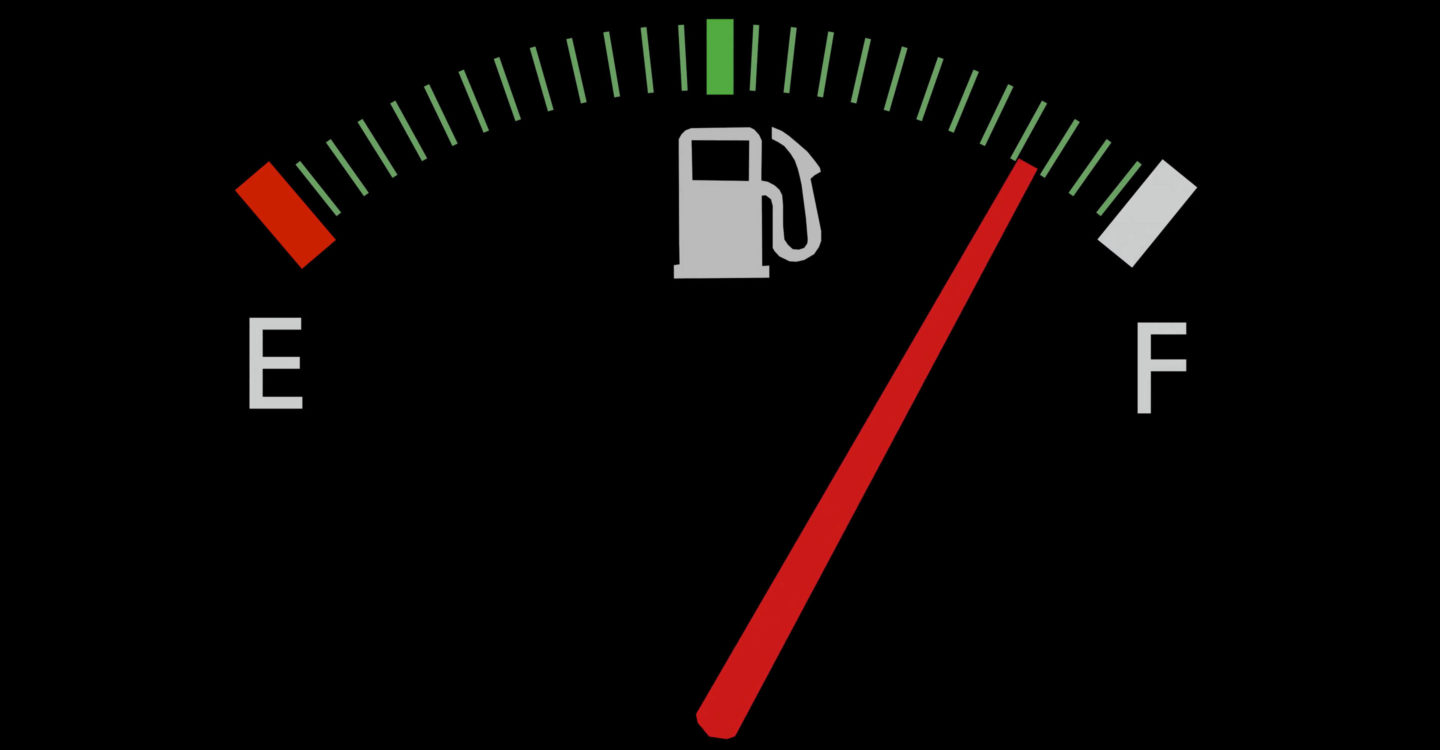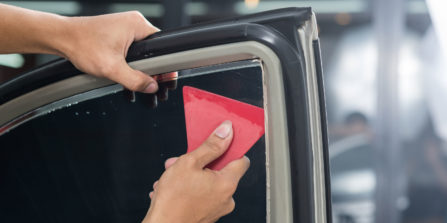
Cold Weather Fuel Economy
Cold weather driving is usually focused on maintaining grip, but we should also pay attention to how the weather affects our fuel economy.
Cold weather and poor winter driving conditions can reduce your fuel economy significantly. Most people have some idea of this already, but few consider how they can improve their situation. The real question is: by how much is the weather affecting our wallets?
Fuel economy tests show that, in short-trip city driving, a conventional gasoline car’s gas mileage is about 12% lower at -6°C than it would be at 25°C. It can drop as much as 22% for very short trips (5 to 7 kilometres). The effect on hybrids is even worse! Their fuel economy can drop about 31% to 34% under these conditions.
Let’s look at why fuel economy is so bad in winter and then look at how you can fix it.
Why does economy plummet when it gets cold?
Cold weather affects your vehicle in more ways than you might expect:
- Engine and transmission friction increases in cold temperatures due to cold engine oil and other drive-line fluids.
- It takes longer for your engine to reach its most fuel-efficient temperature. This affects shorter trips more, since your car spends more of your trip at less-than-optimal temperatures.
- Heated seats, window defrosters, and heater fans use additional power.
- Warming up your vehicle before you start your trip lowers your fuel economy—idling gets 0 miles per gallon.
- Colder air is denser, increasing aerodynamic drag on your vehicle, especially at highway speeds.
- Tire pressure decreases in colder temperatures, increasing rolling resistance. (This is an easy one to stay on top of, but most people don’t top up their tires as much as they should)
- Winter grades of gasoline can have slightly less energy per gallon than summer blends.
- Battery performance decreases in cold weather, making it harder for your alternator to keep your battery charged. This also affects the performance of the regenerative braking system on hybrids.
How do you improve fuel economy in cold weather?
You may not be able to completely mitigate cold weather’s effect on your fuel economy, but you can do some simple things to make a significant impact on your gas mileage:
- Tint your windows using a nano-ceramic window tint. Not only will it reject UV rays and summer heat, it will also help to RETAIN heat in the winter, meaning you use your heater less, putting less strain on your vehicle’s electrical system.
- Park your car in a warmer place, such as your garage, to increase the initial temperature of your engine and cabin.
- Combine trips when possible so that you drive less often with a cold engine.
- Minimize idling your car to warm it up. Most manufacturers recommend driving off gently after about 30 seconds. The engine will warm up faster being driven, which will allow the heat to turn on sooner, decrease your fuel costs, and reduce emissions.
- Don’t use seat warmers or defrosters more than necessary.
- Check your tire pressure regularly.
- Use the type of oil recommended by your manufacturer for cold weather driving.
- Remove accessories that increase wind resistance, like roof racks, when not in use.
If you drive a plug-in hybrid or electric vehicle, preheating the cabin while plugged into the charger can extend your vehicle’s range. - If you drive a plug-in hybrid or electric vehicle, using the seat warmers instead of the cabin heater can save energy and extend range.





